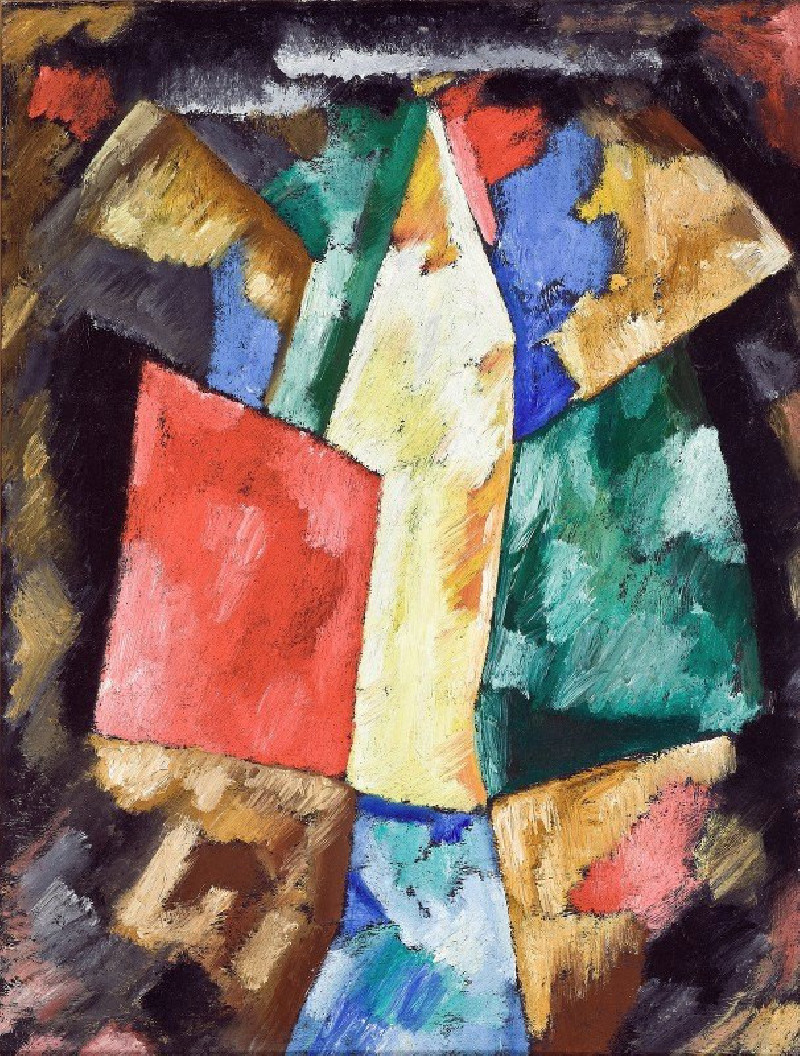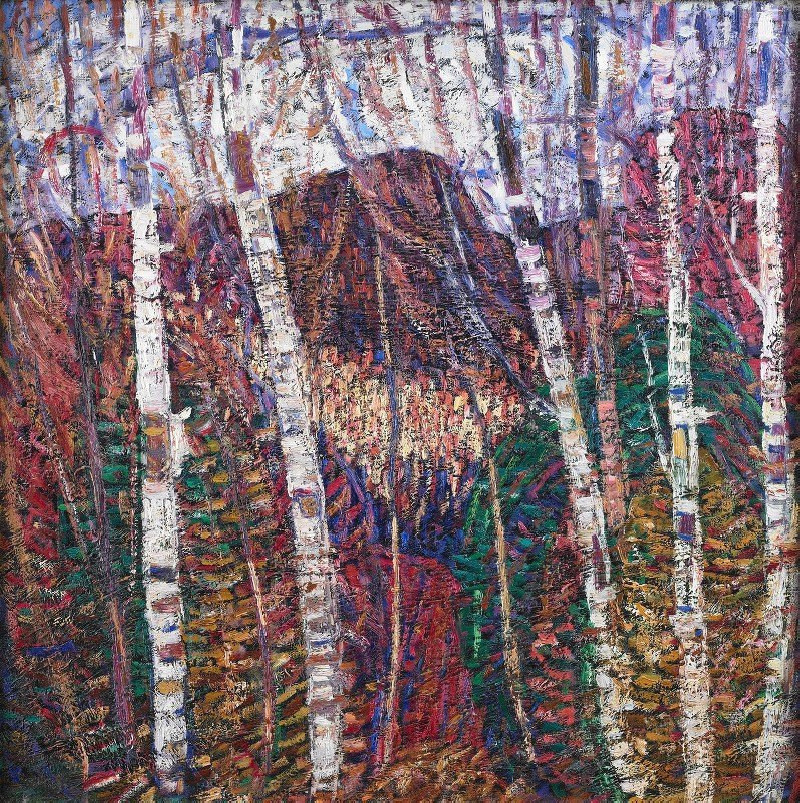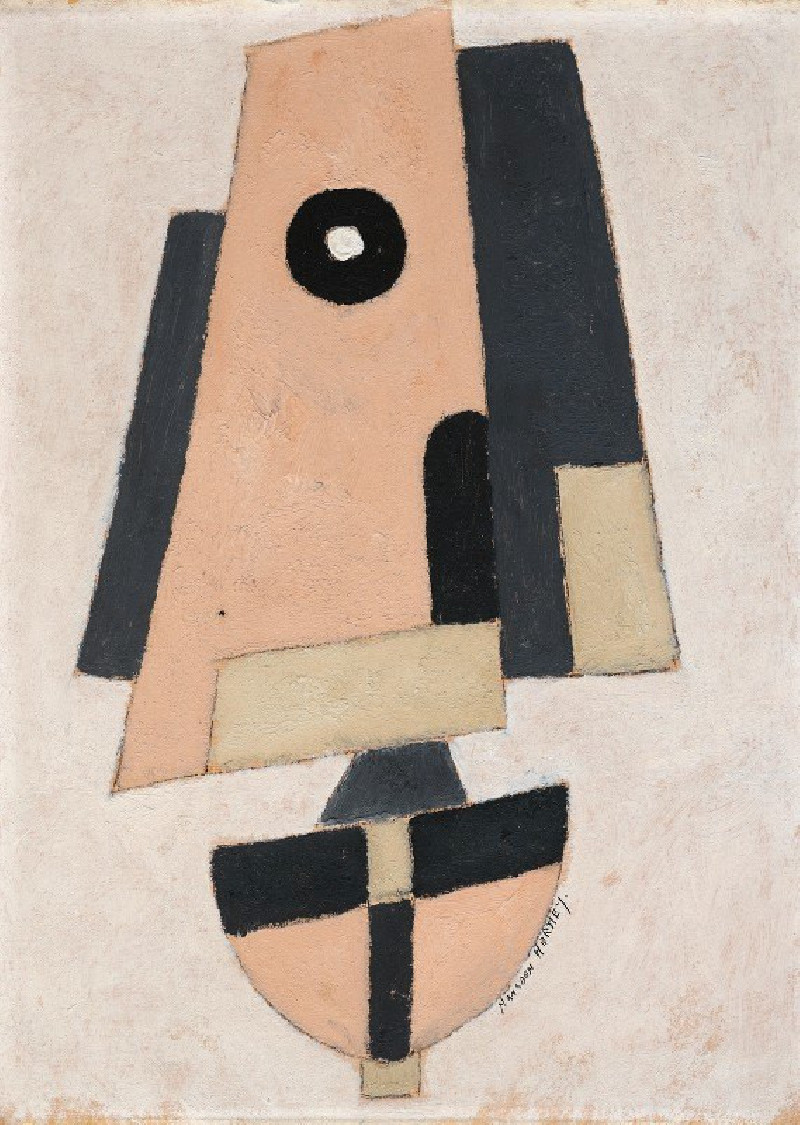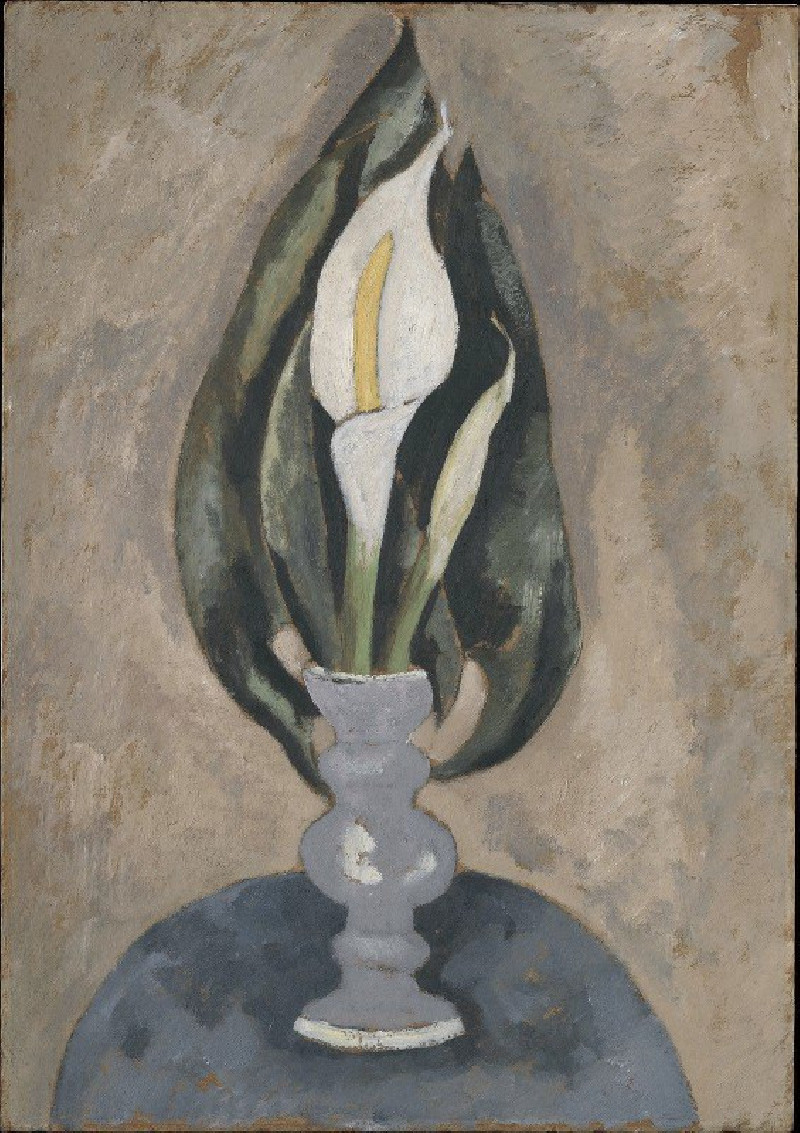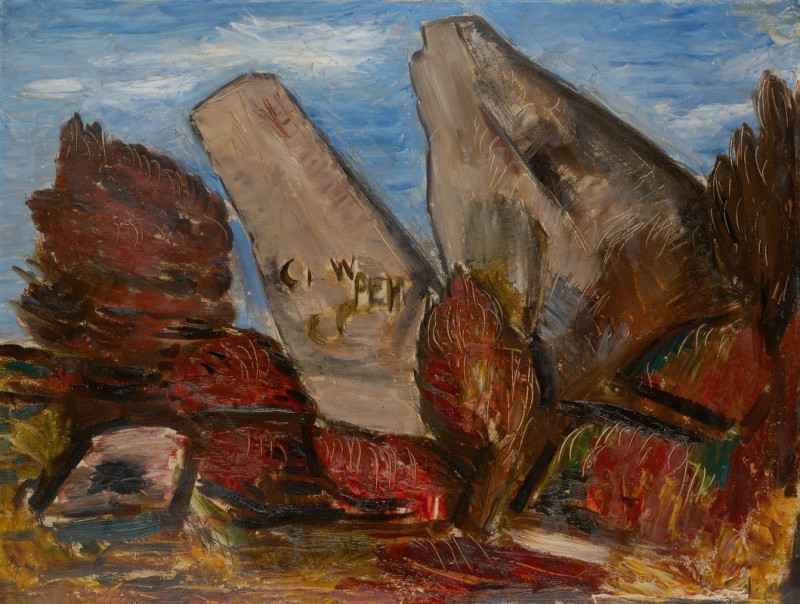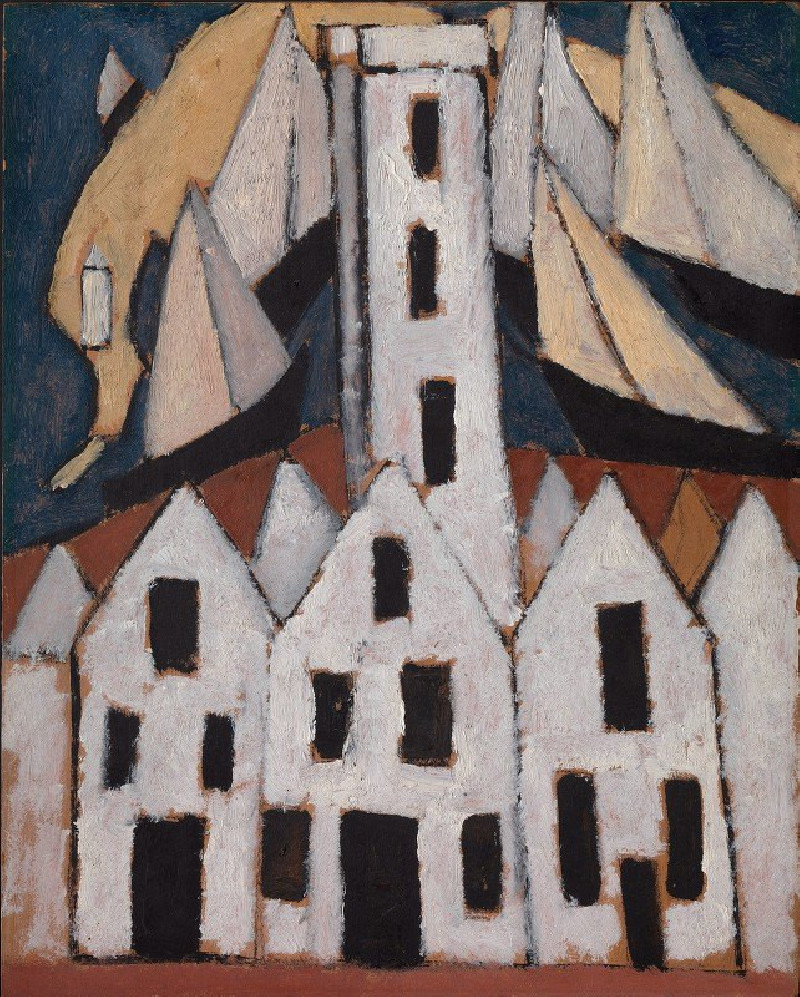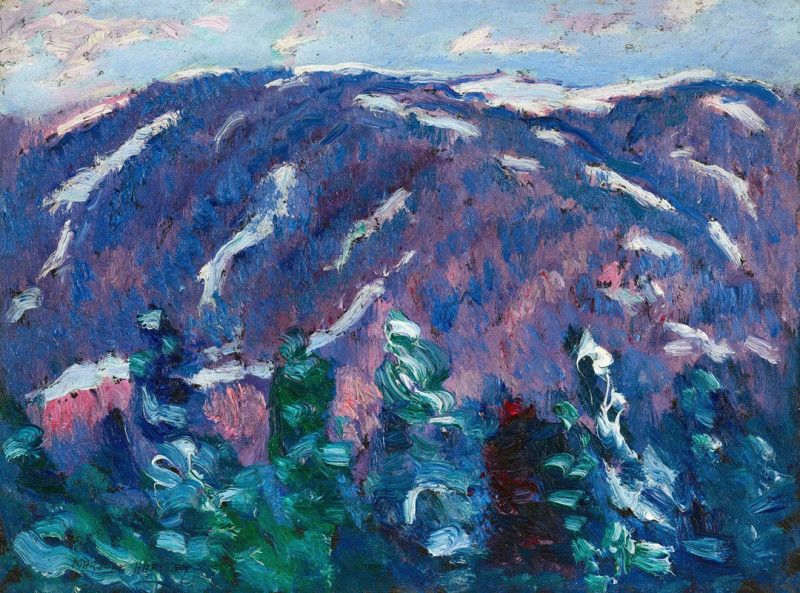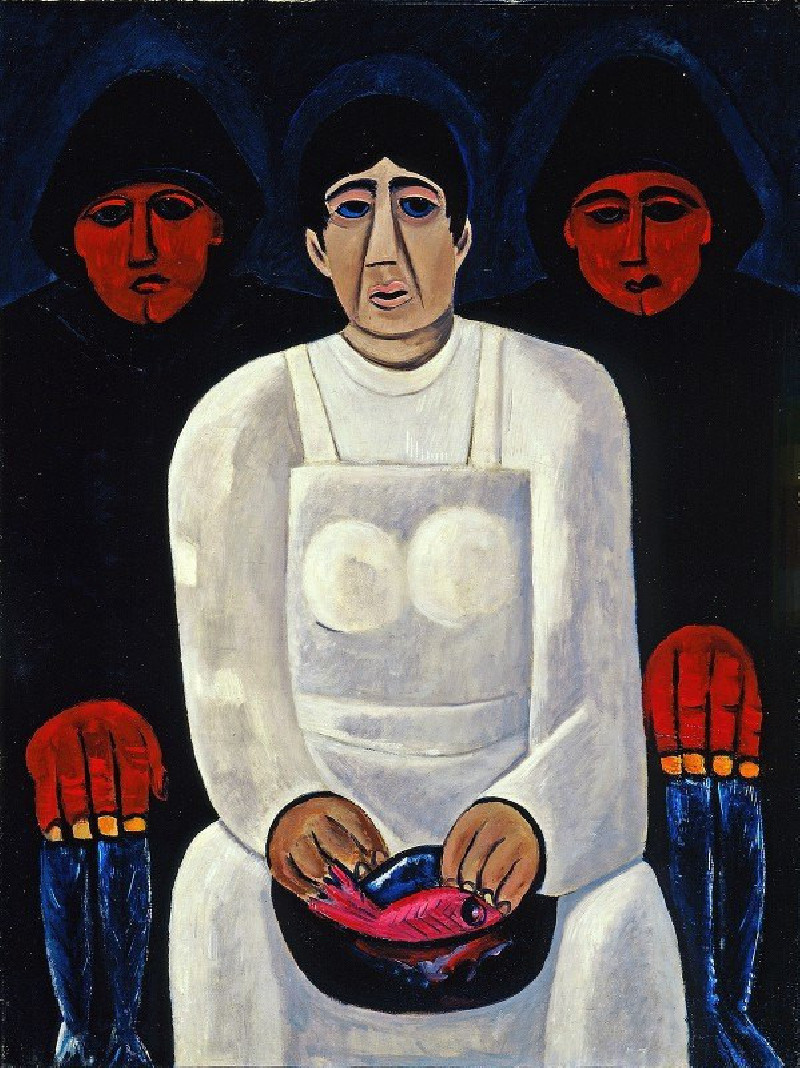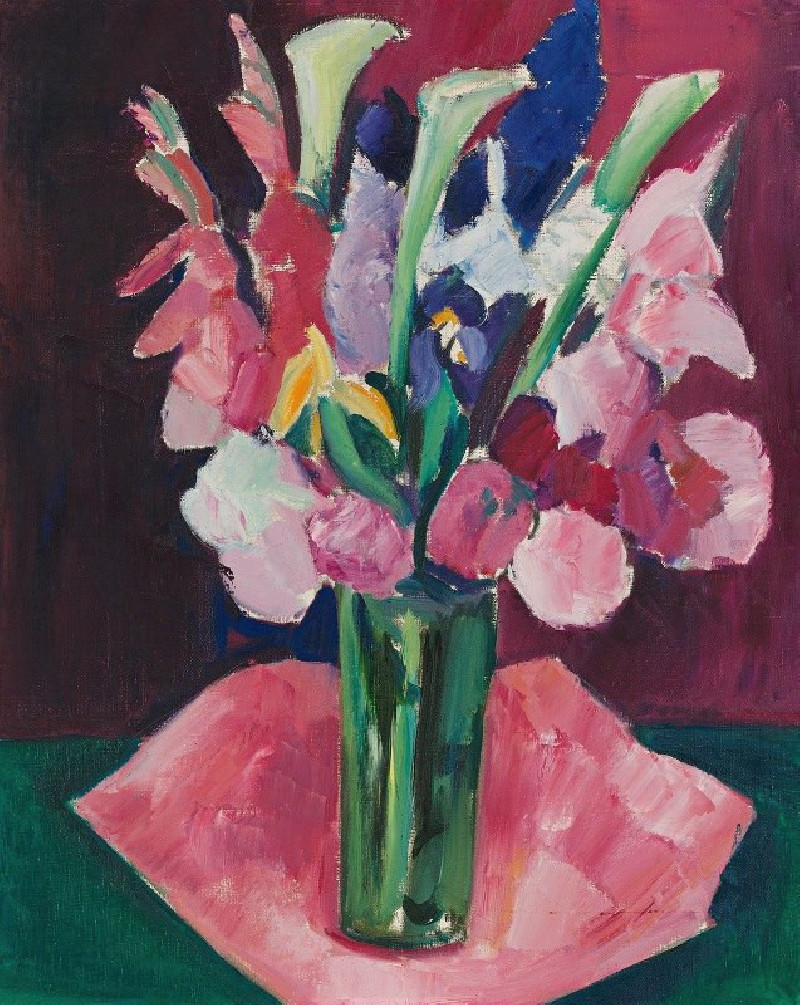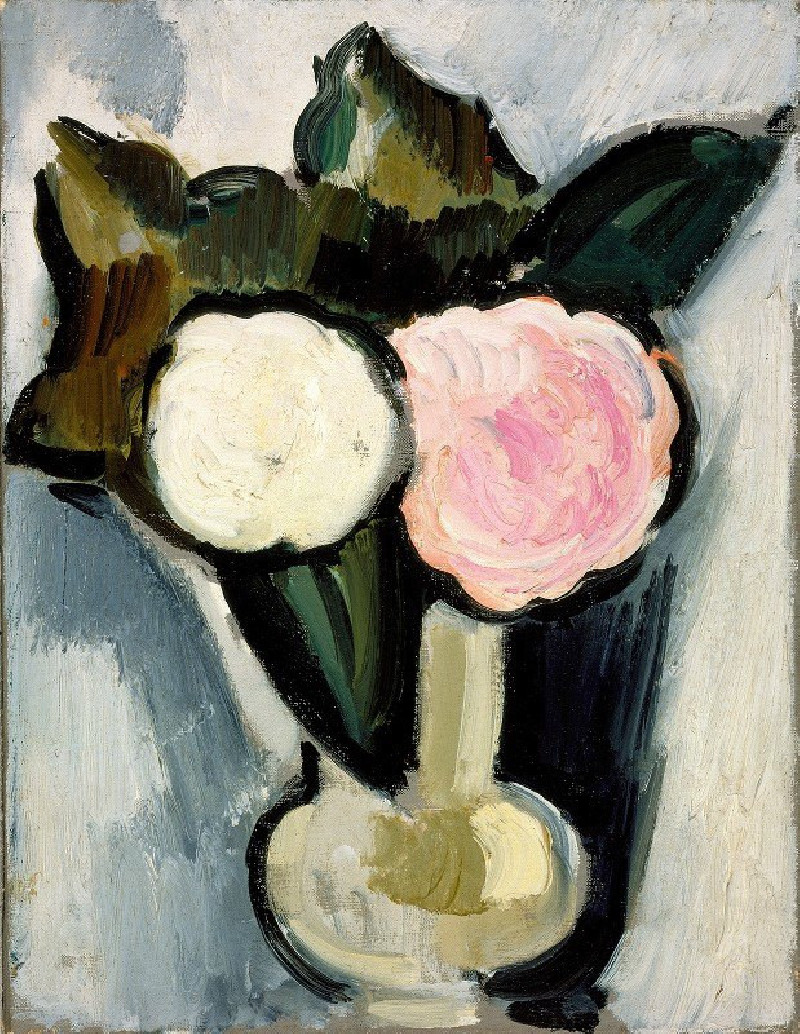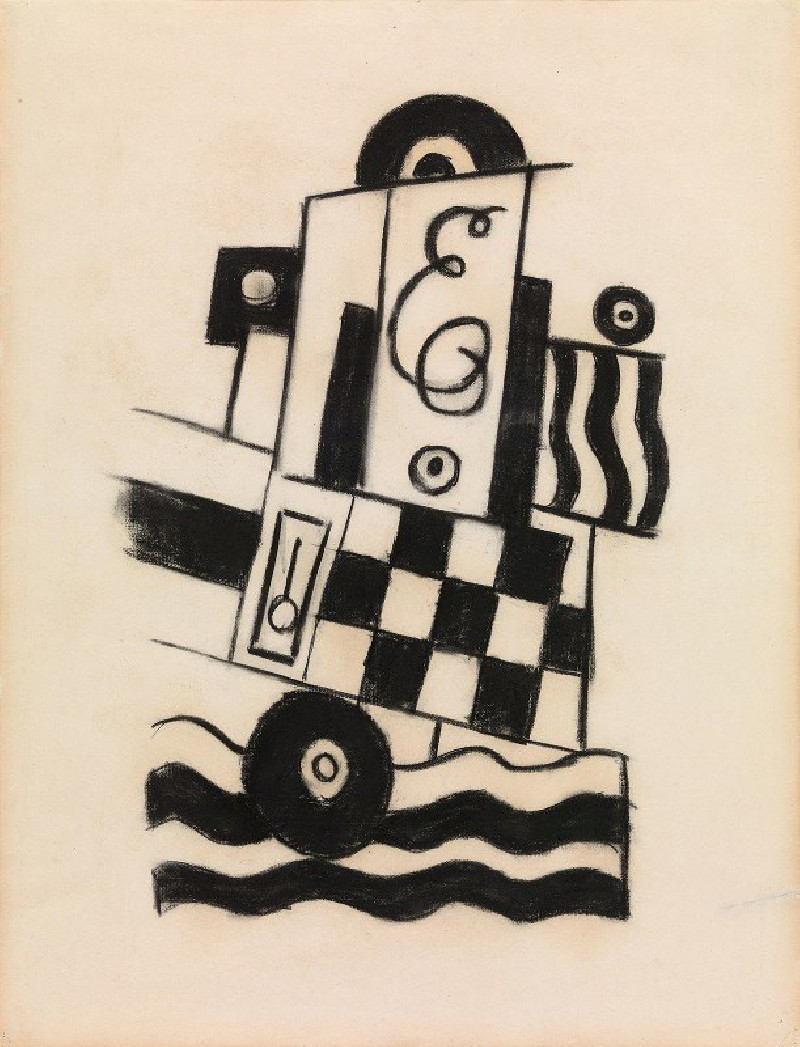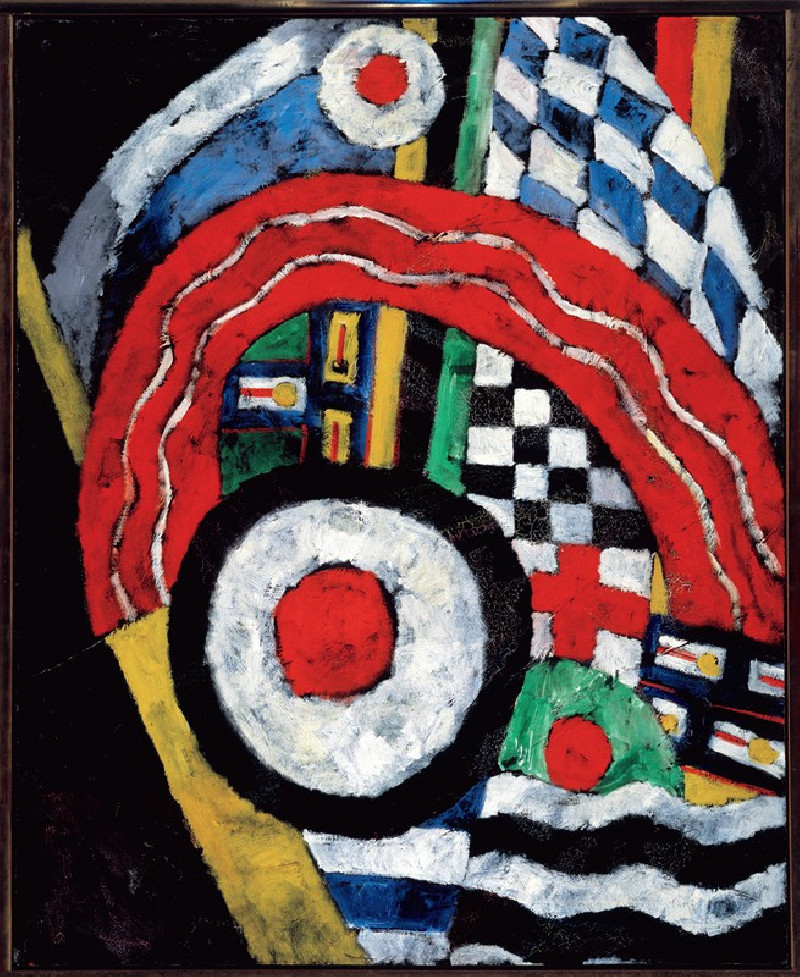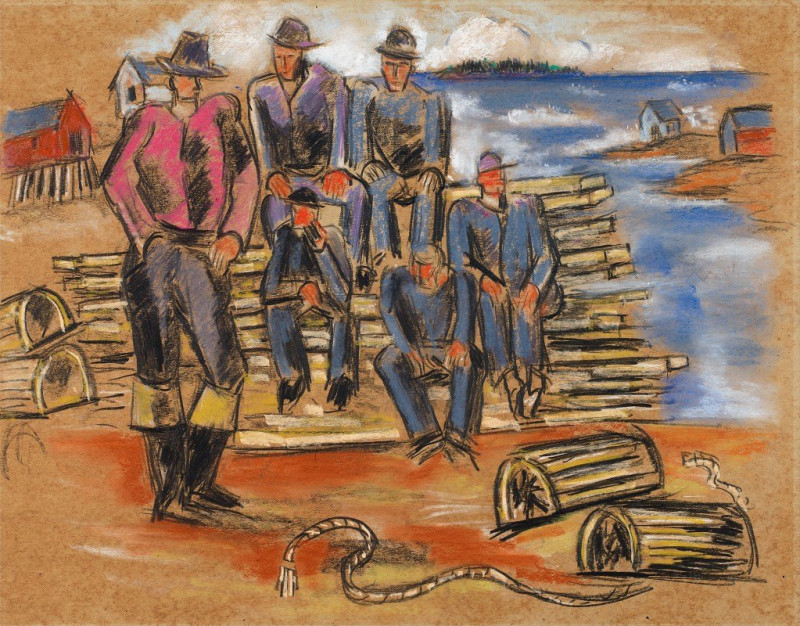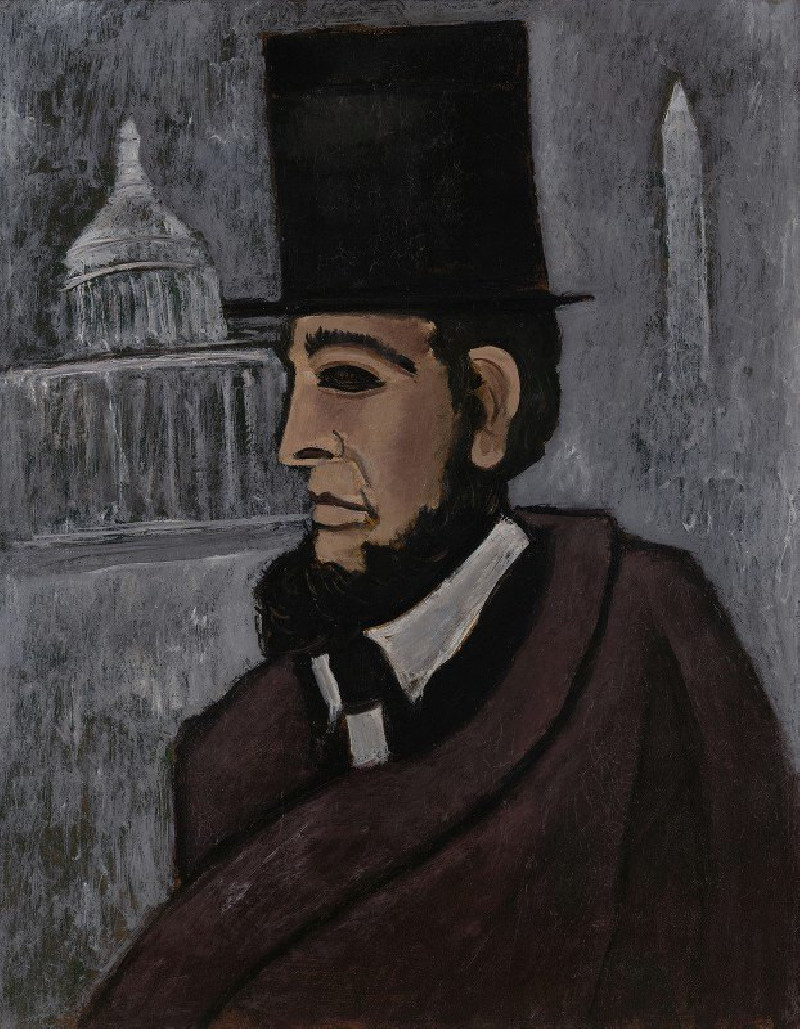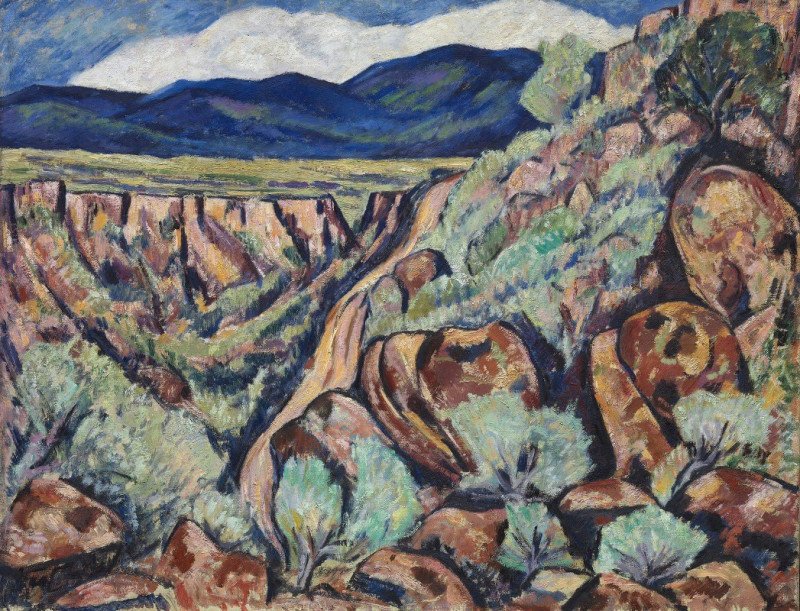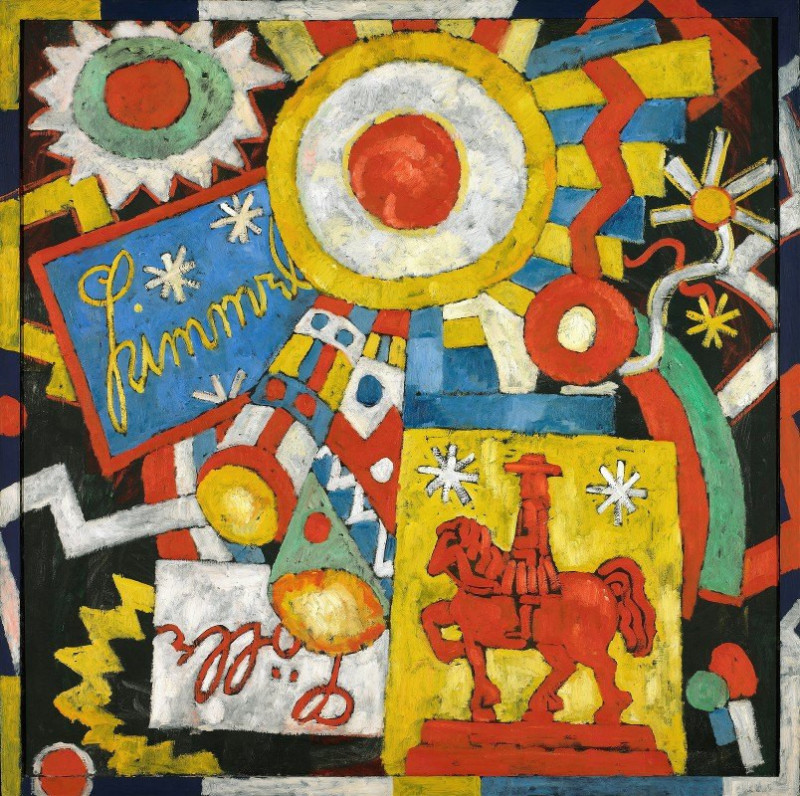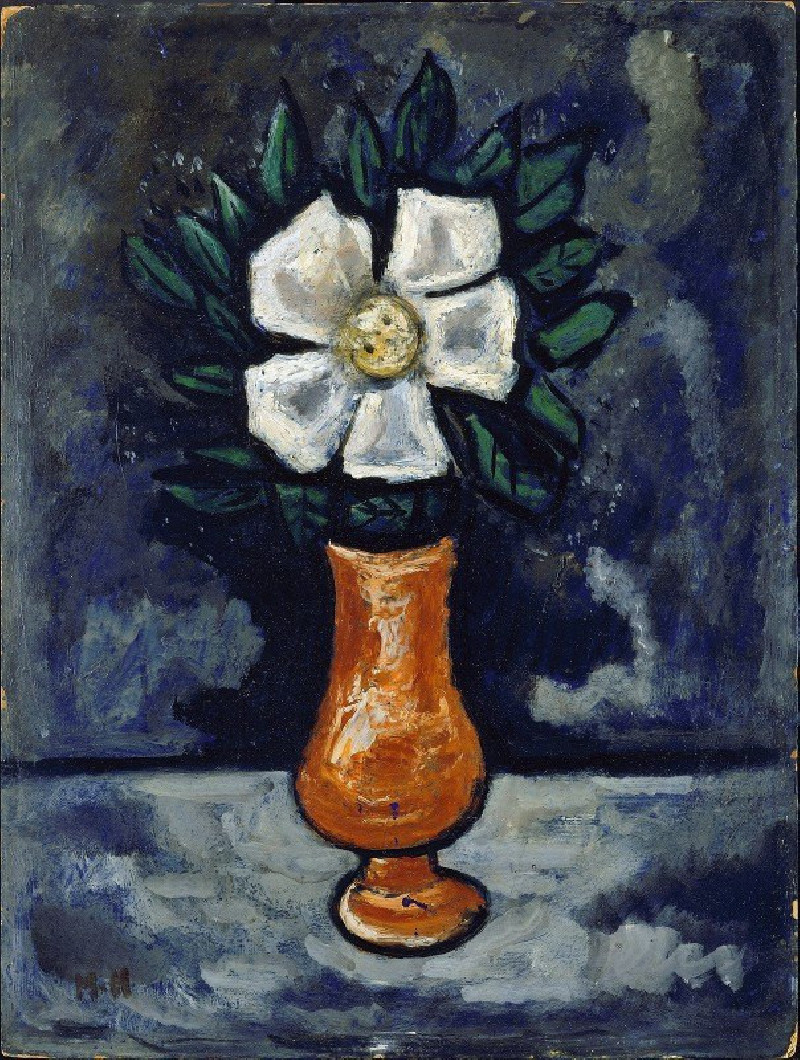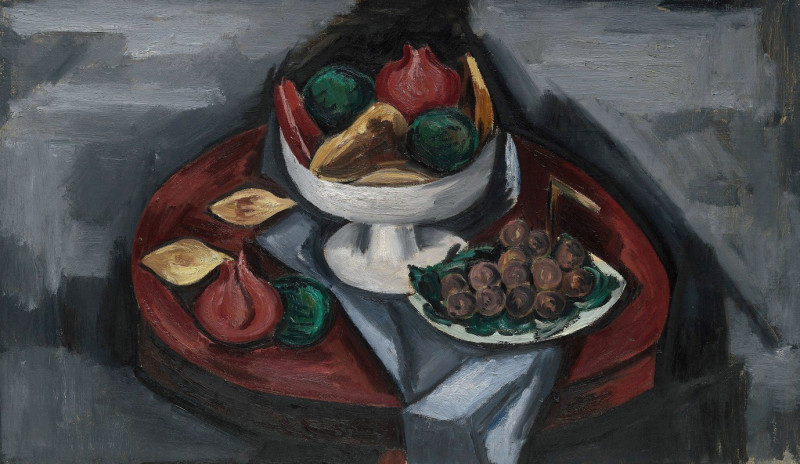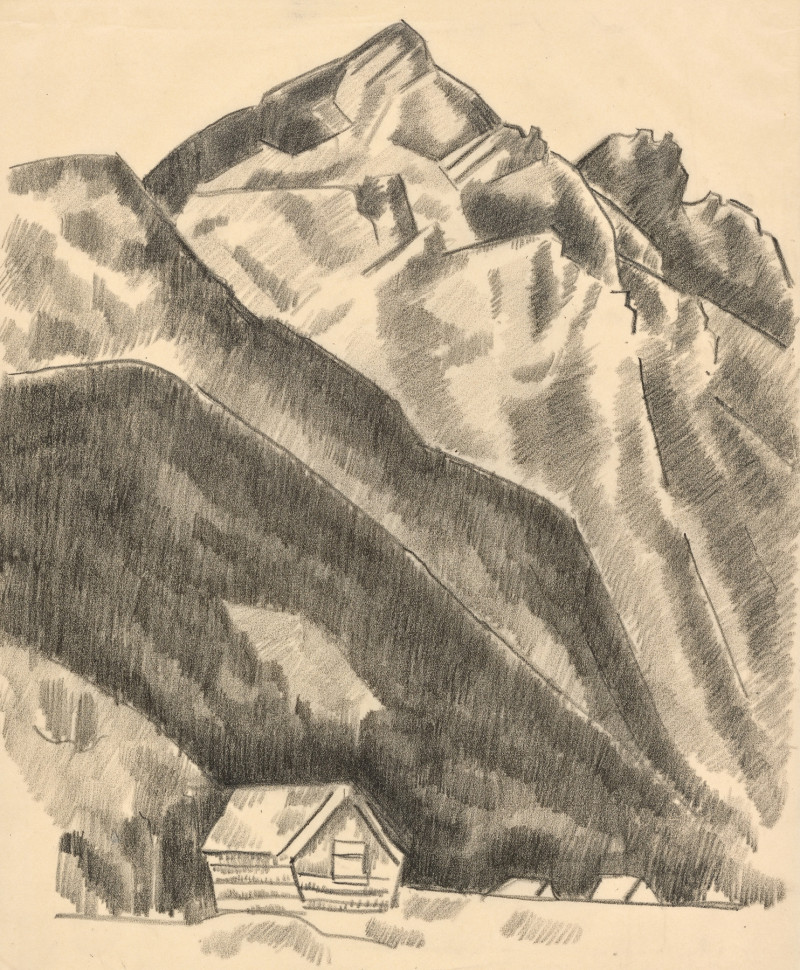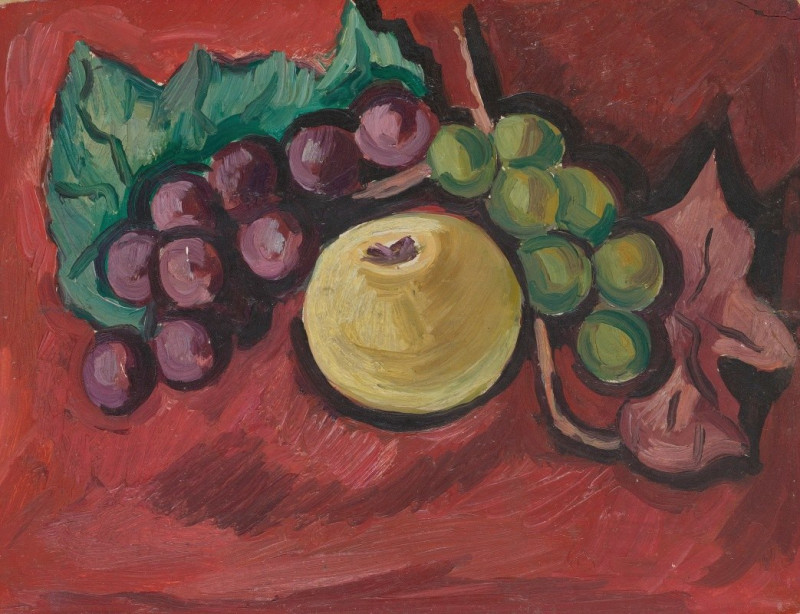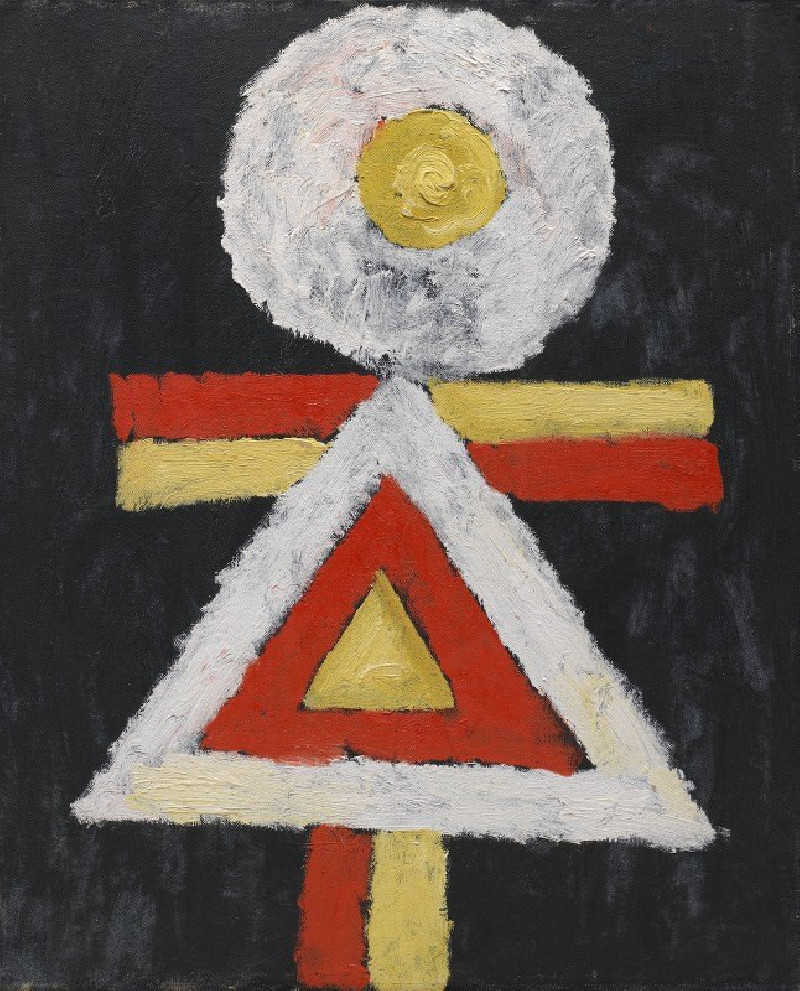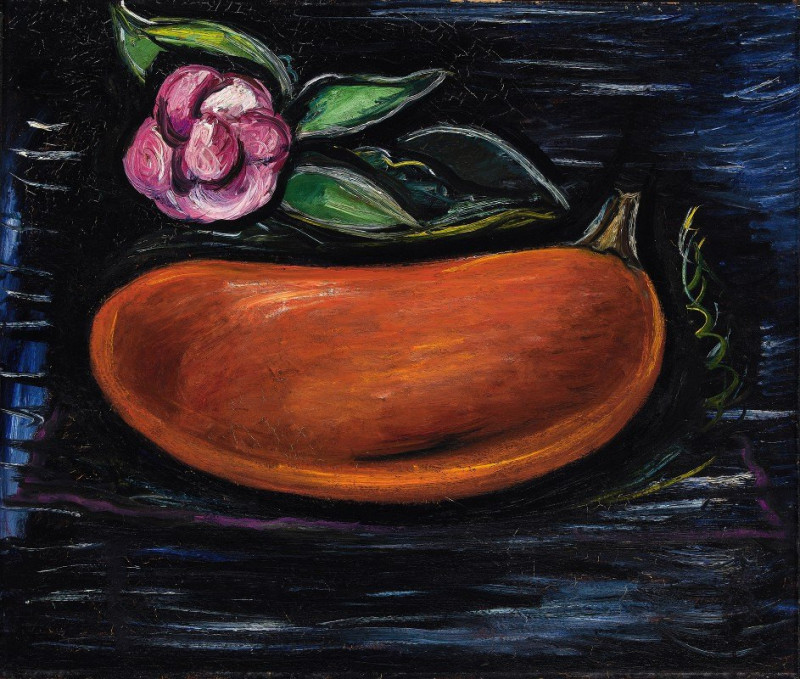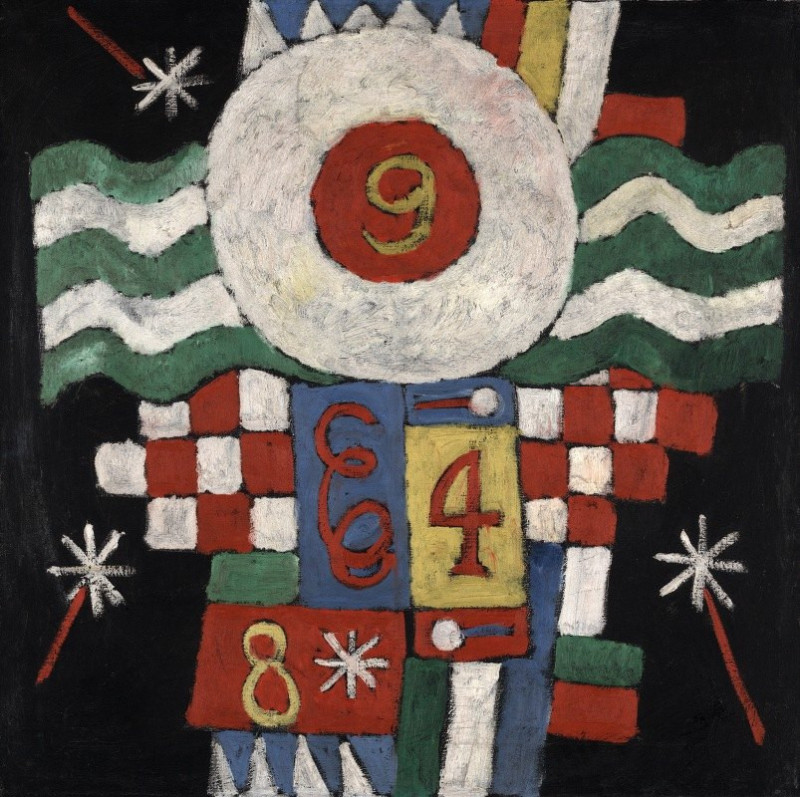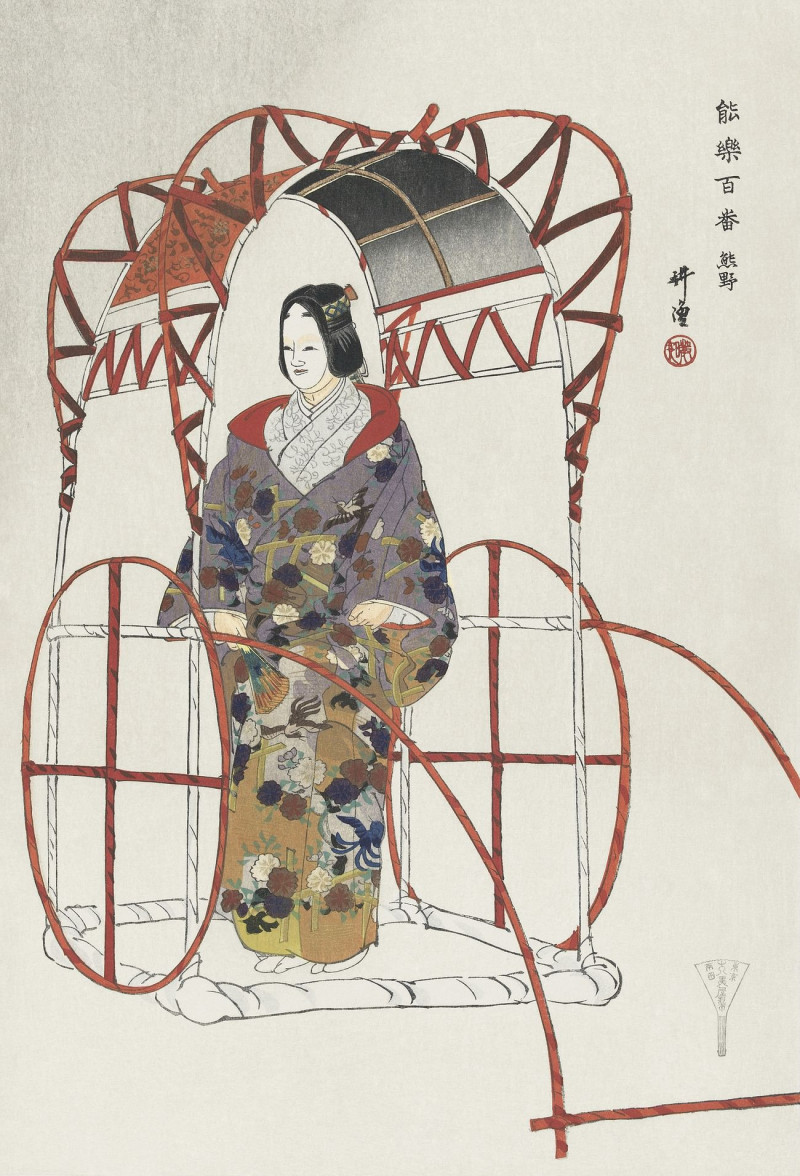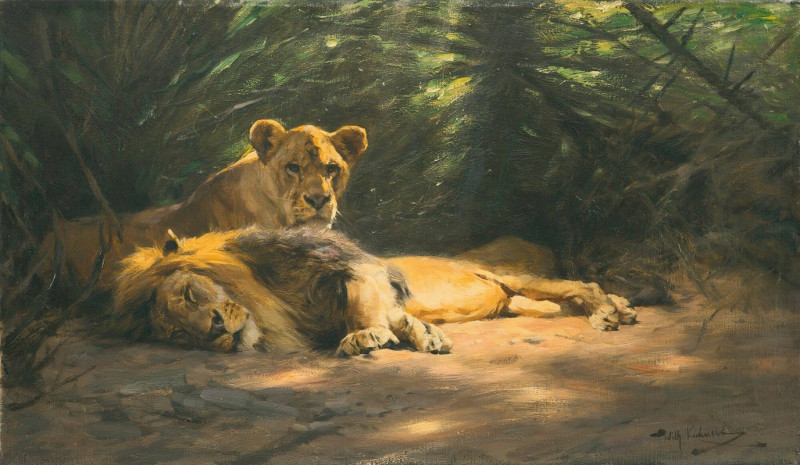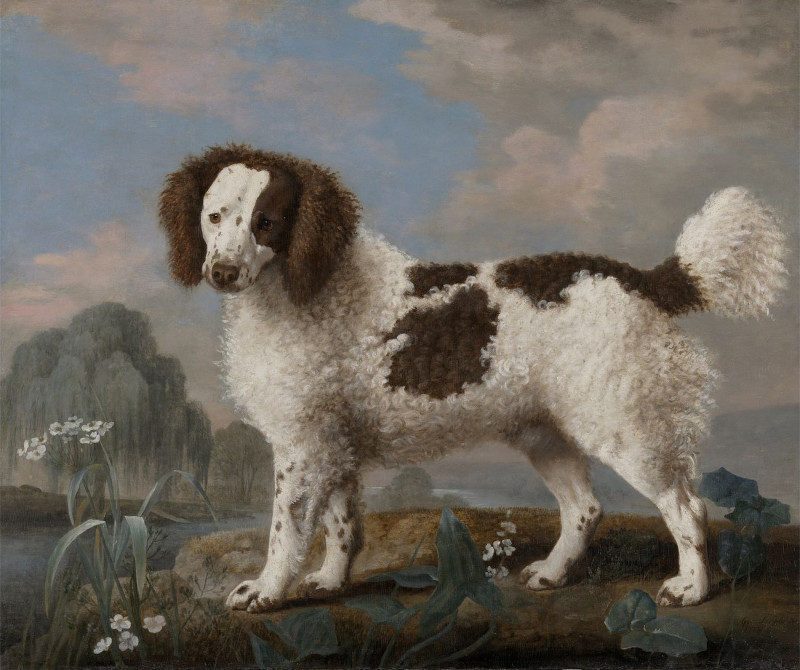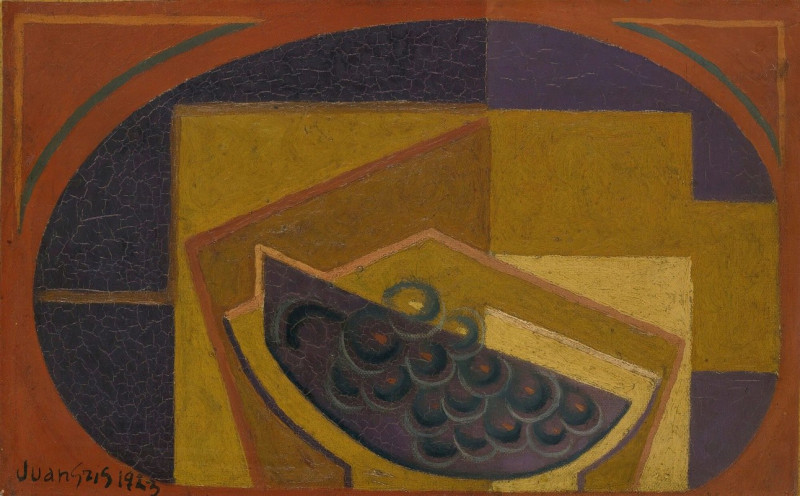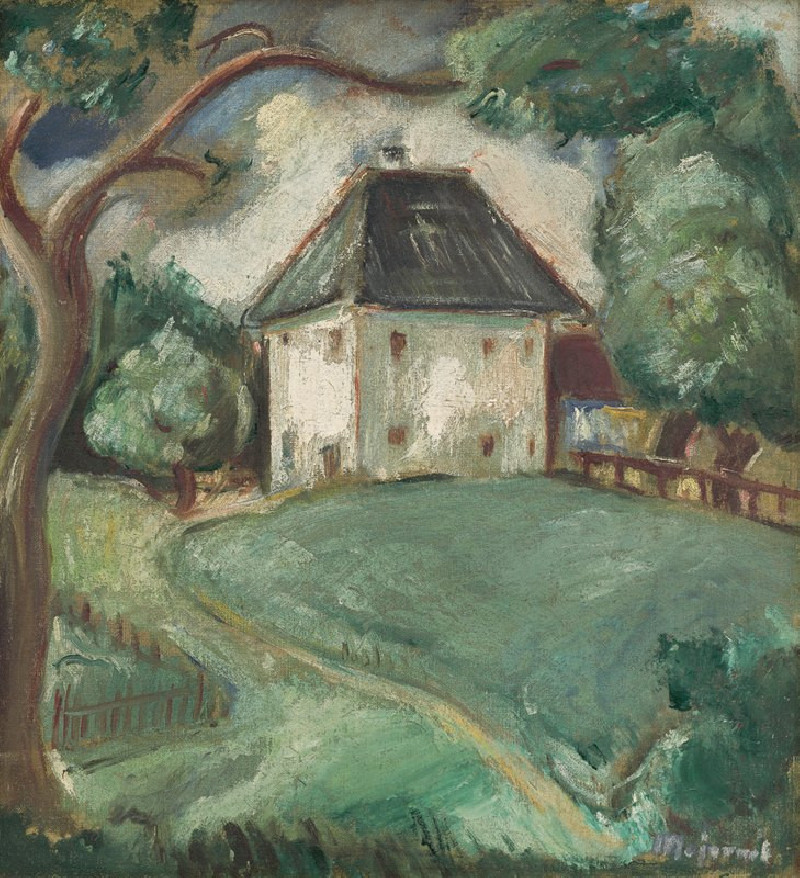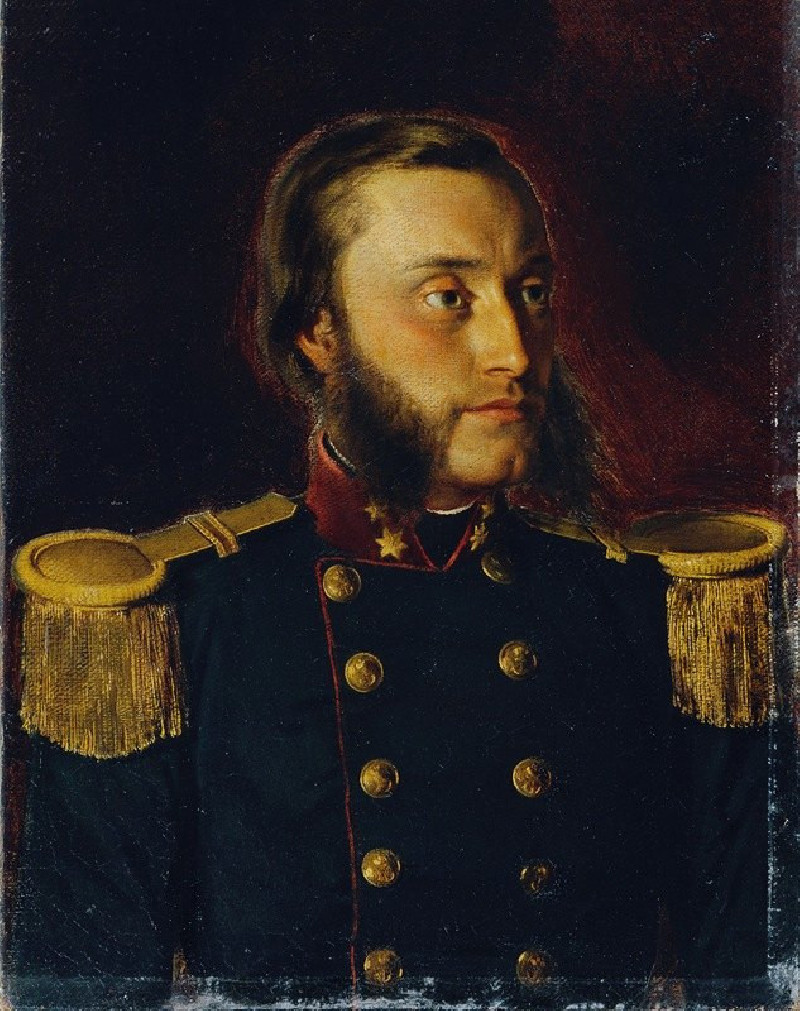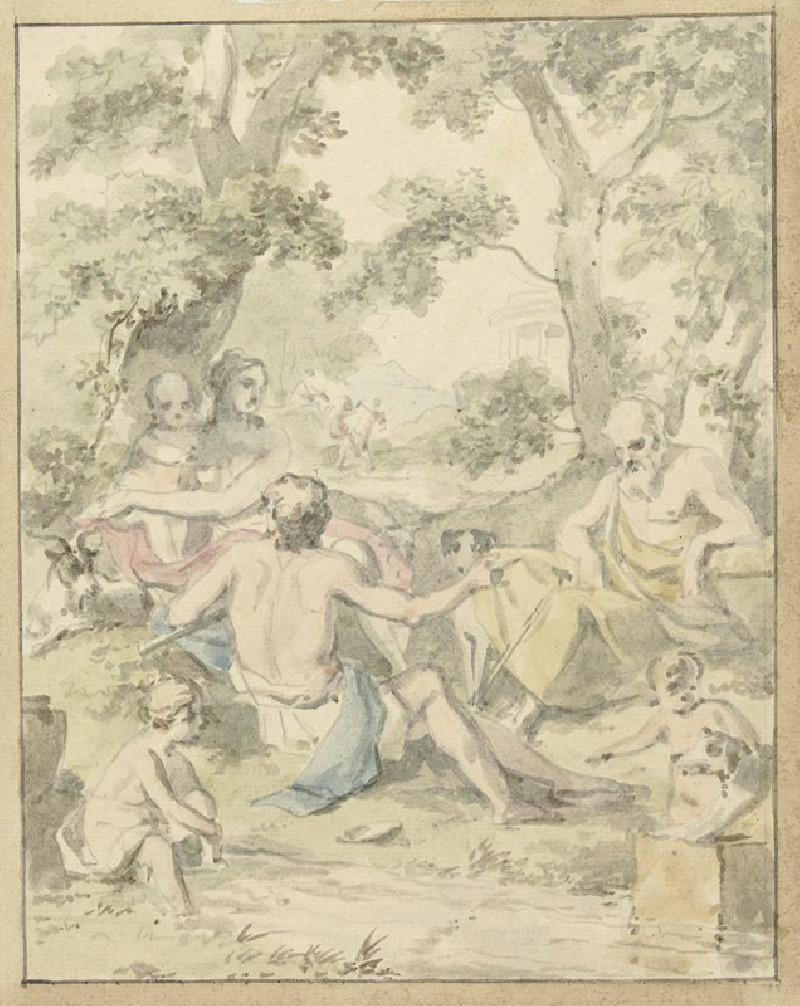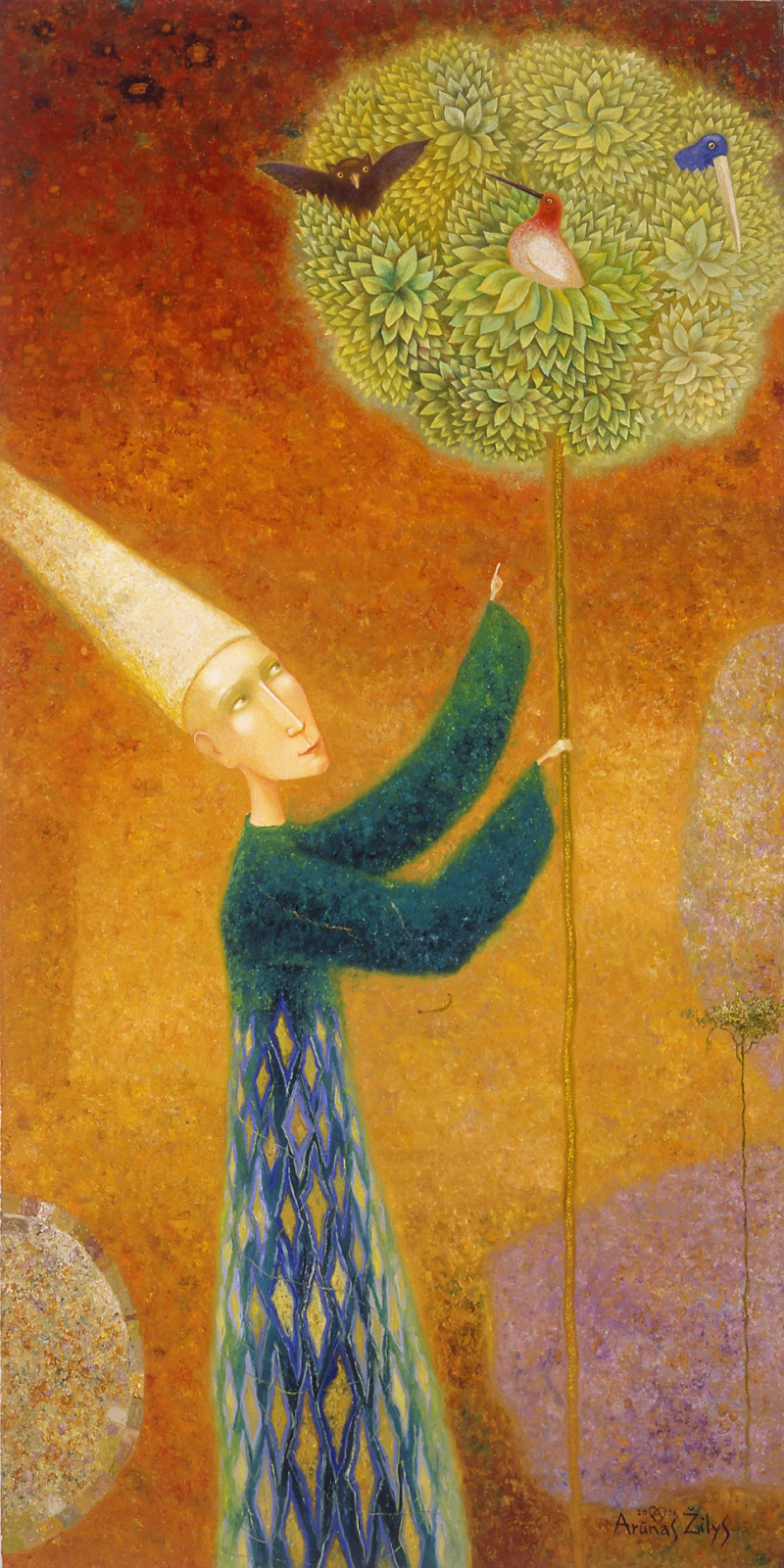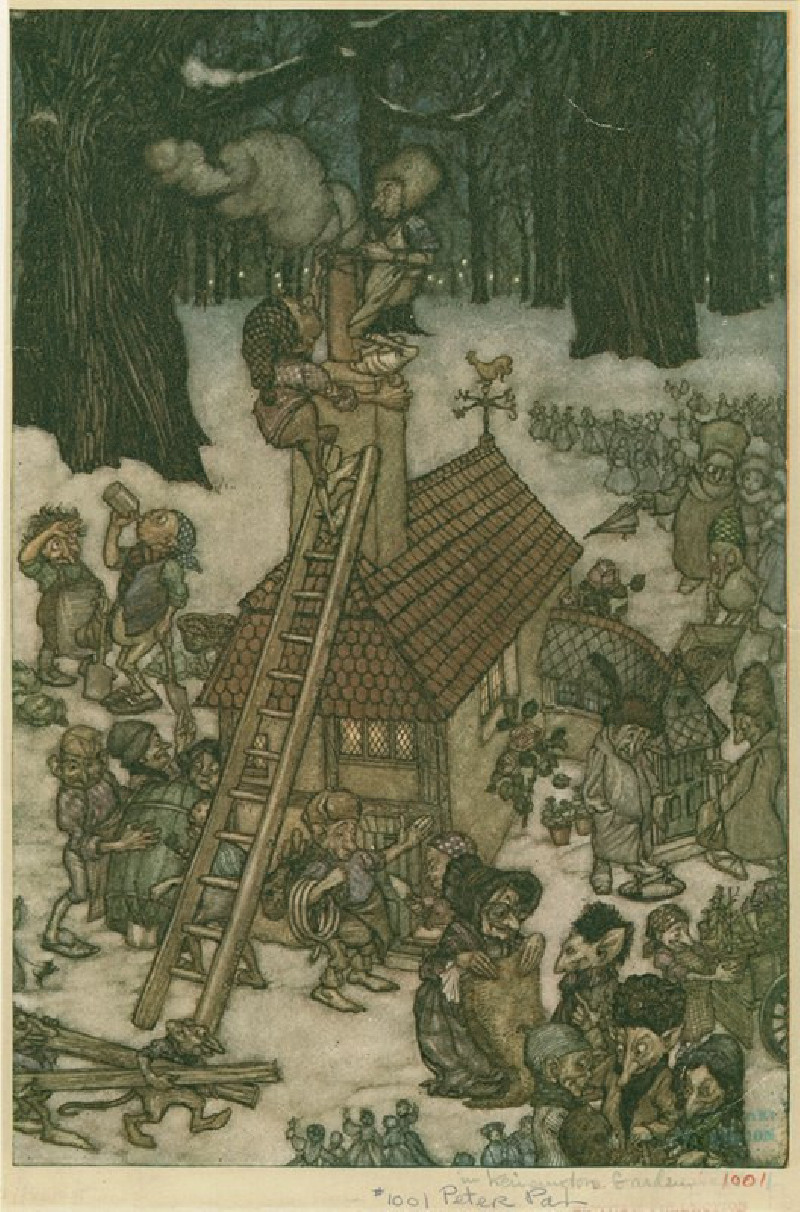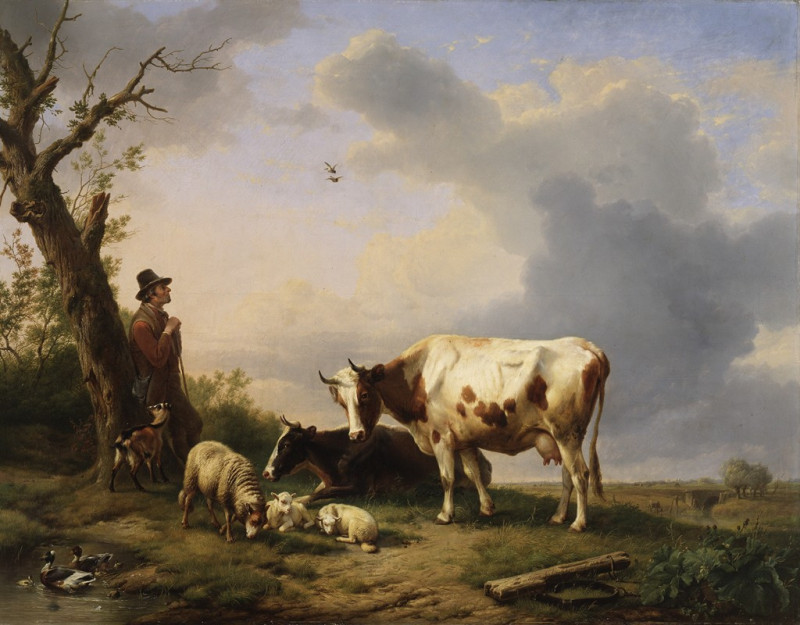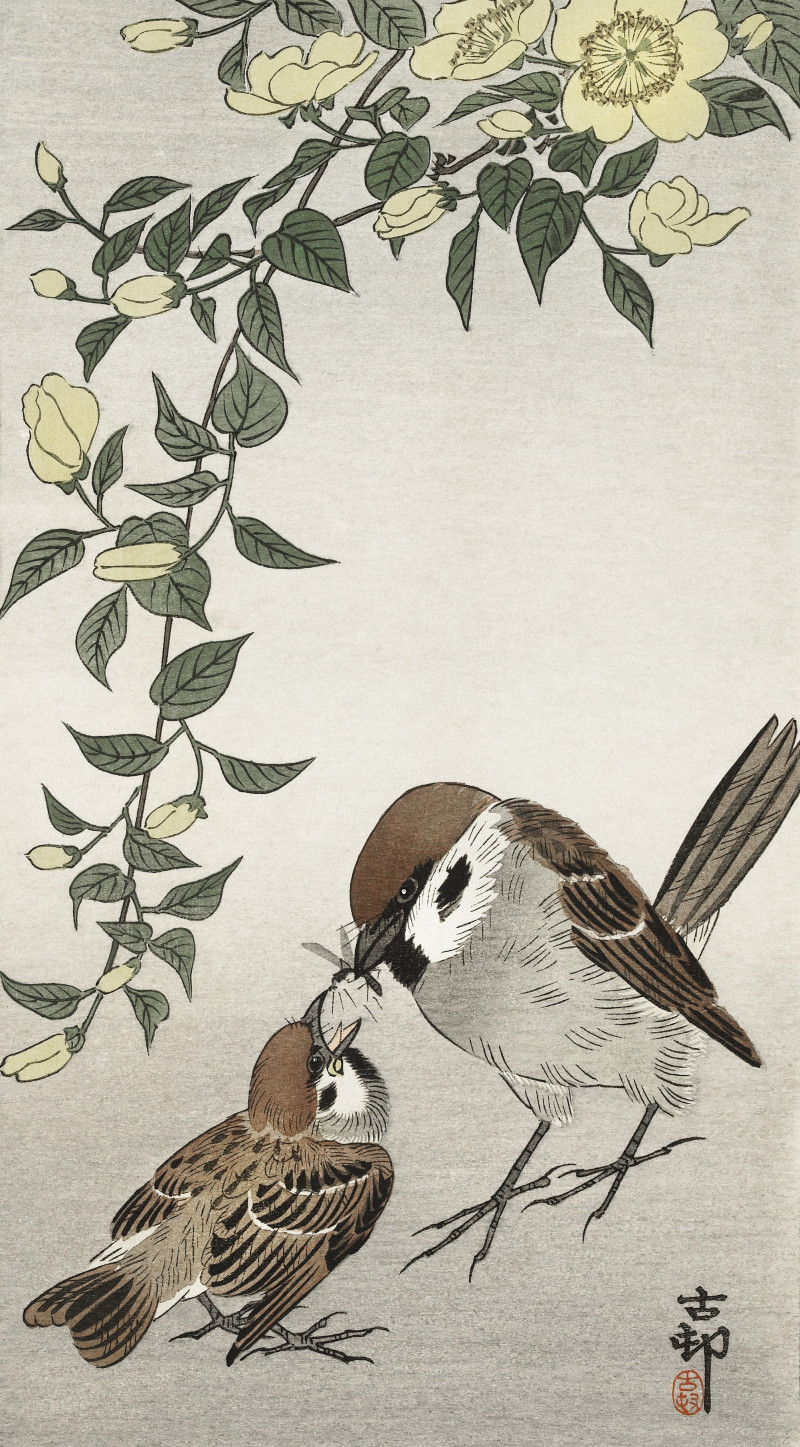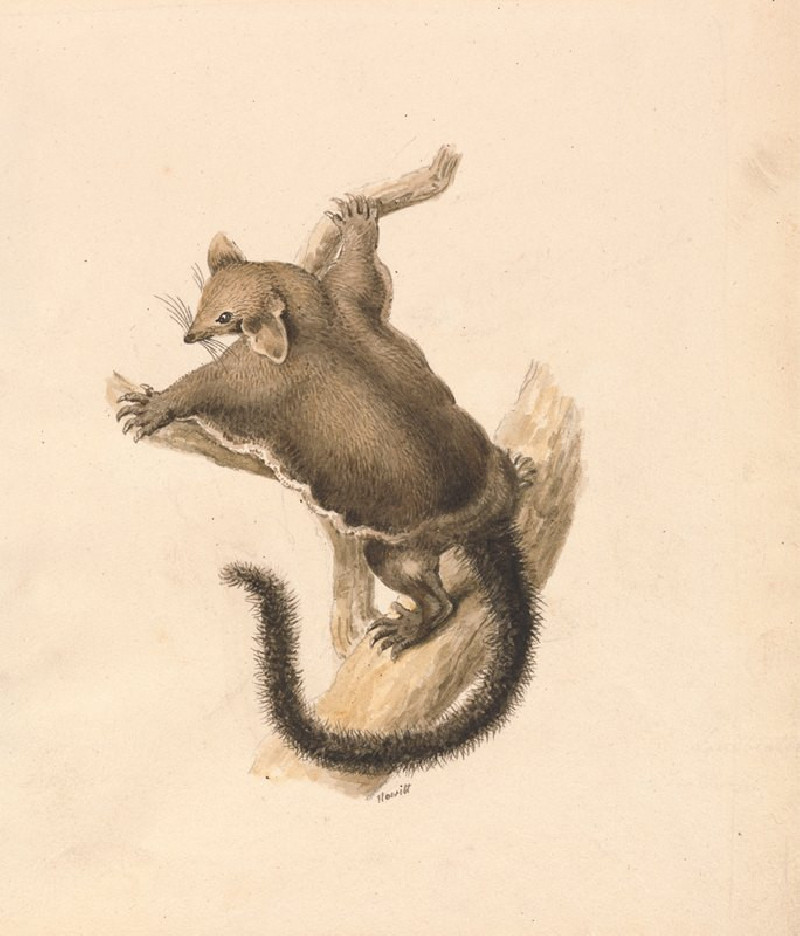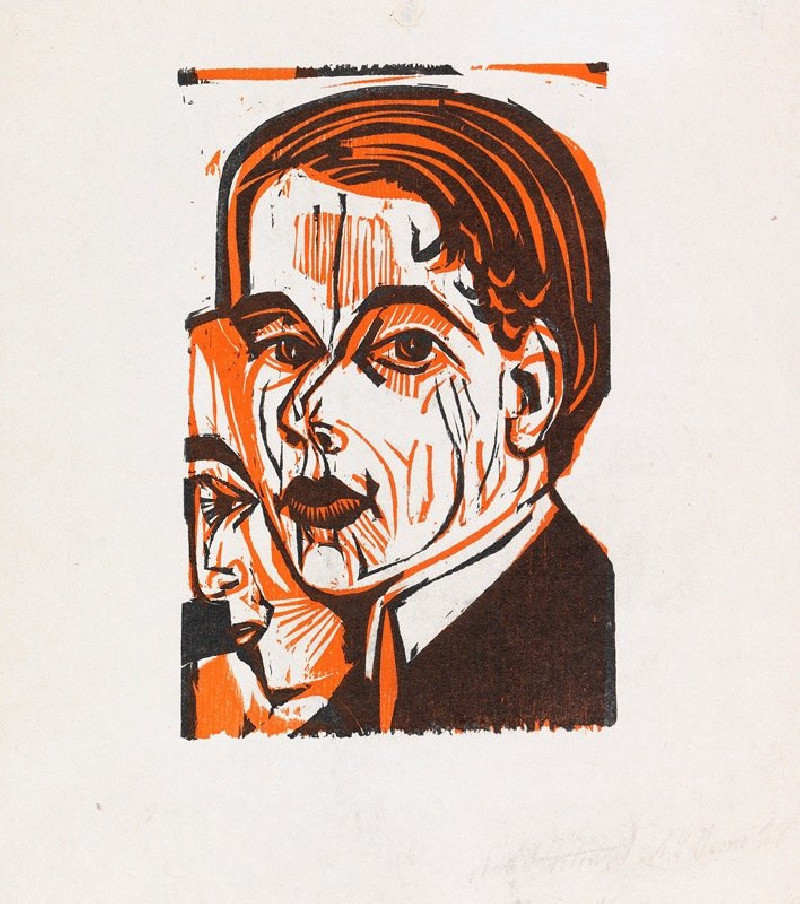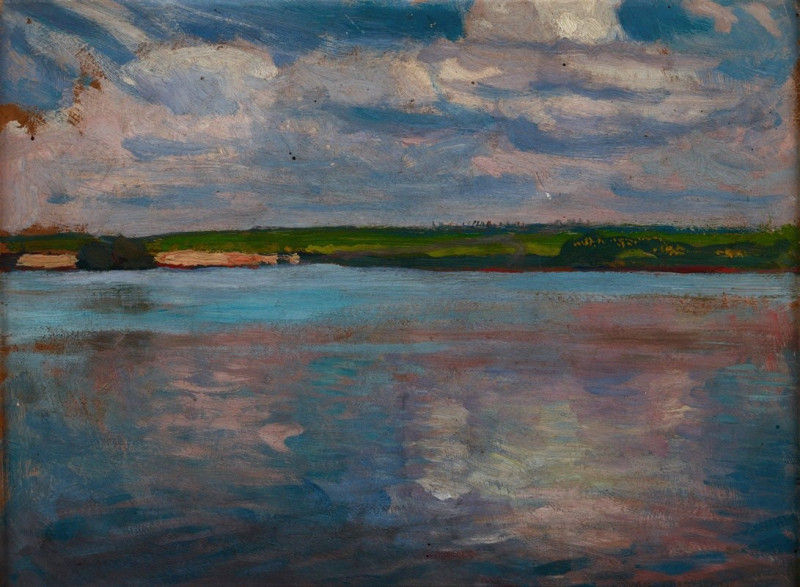Abstraction, Blue, Yellow and Green (circa 1913)
Technique: Giclée quality print
Recommended by our customers
More about this artwork
Dive into the compelling realms of color and form with Marsden Hartley's painting titled "Abstraction, Blue, Yellow and Green," created around 1913. This striking piece invites viewers to contemplate its vivid abstract composition that stands as a testament to Hartley's pioneering spirit in American modernist art.At first glance, the painting captures attention through its audacious use of color. Bold and unapologetic, the reds, blues, and greens interact dynamically, creating a visual dance across the canvas. These colors are segmented into shapes that might suggest figures or fragmented objects, though their precise interpretation is left to the viewer’s imagination.A closer examination reveals Hartley's technique of thickly applied paint, which adds a tactile dimension to the work. The texture contributes a sense of immediacy and intensity, enhancing the overall impression of movement and emotional depth within the painting."Abstraction, Blue, Yellow and Green" is a fine example of how Hartley was able to convey complex emotions and theories through a non-representational form. The composition demonstrates his ability to balance color and shape, manifesting a harmonious yet exhilarating visual experience.This painting not only reflects Marsden Hartley's innovative approach to abstract art but also provides insight into the broader explorations of abstraction in early 20th-century American art. It challenges the viewers to find their own meanings and connections, making each encounter with the painting a unique experience.We invite you to delve into this profound and exciting work, exploring the depths of abstraction and the nuances of Hartley's artistic vision.
Delivery
Returns
Marsden Hartley (1877–1943) is a Maine native and a leading American Modernist painter, along with his contemporaries, Arthur Dove and Georgia O’Keeffe. He is well-known for employing geometric abstraction as well as bold colors and lines. His paintings depicted imagery of nature, landscapes, figures, and still-life. Sponsored by Alfred Stieglitz, Hartley went to Europe in 1912, spending most of his time in Germany, where he met Gertrude Stein, Wassily Kandinsky, and Franz Marc. After returning to America in 1930, he reconnected with the New England of his childhood and started to portray the landscapes of New England in his paintings.

